How to Test-Drive a Car
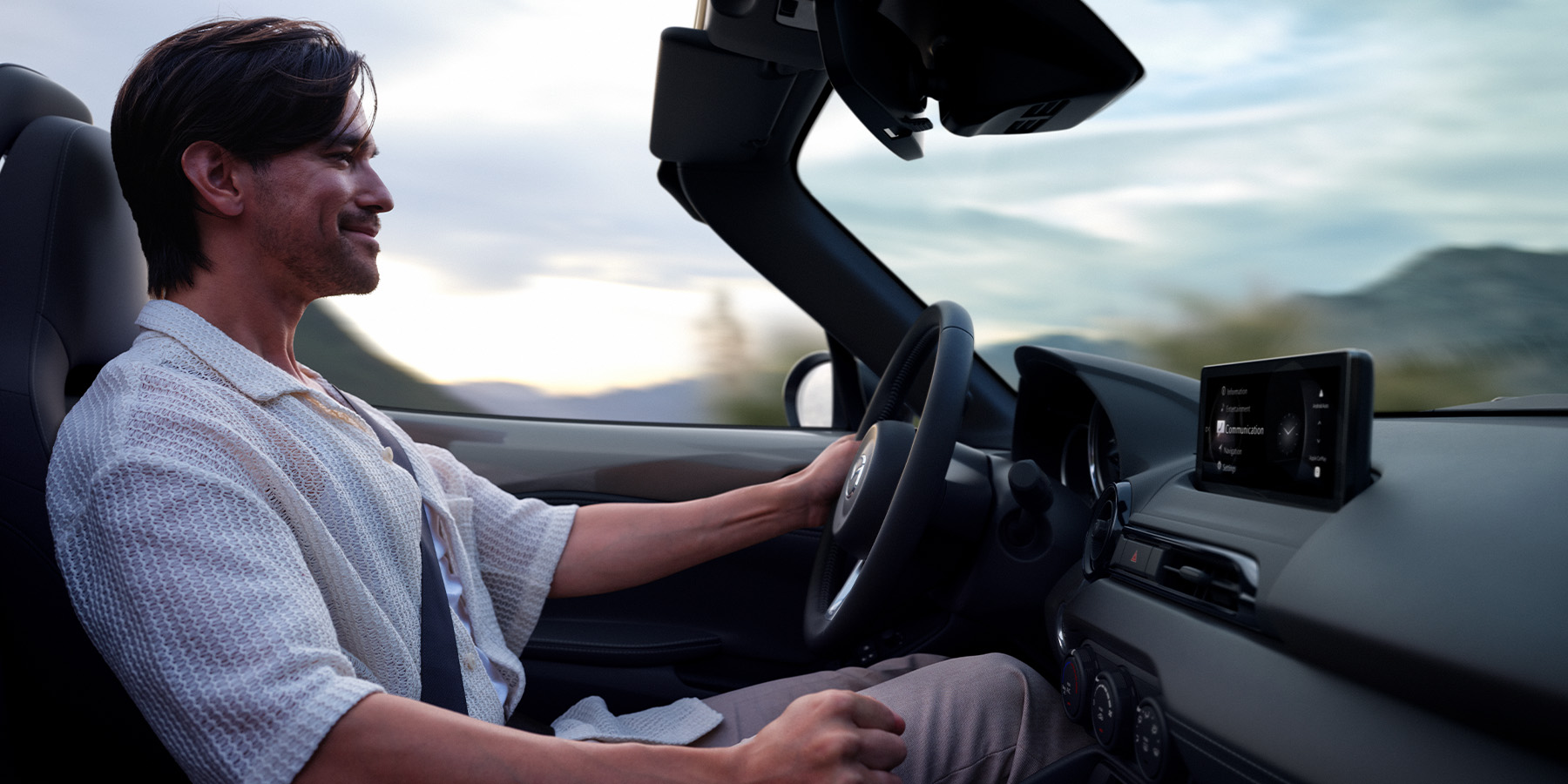
Knowing how to test-drive a car — particularly what to check for both on and off the lot — can give you more confidence during the car-buying process. After all, buying a car is a big deal for most people, second only to buying a house (and, for some, even more intimidating than that).
This test-driving guide will walk you through what you need to research and do before, during, and after test-driving a car, arming you with a plan that can boost your awareness and make your test drive(s) more informative, even if you know next to nothing about cars.
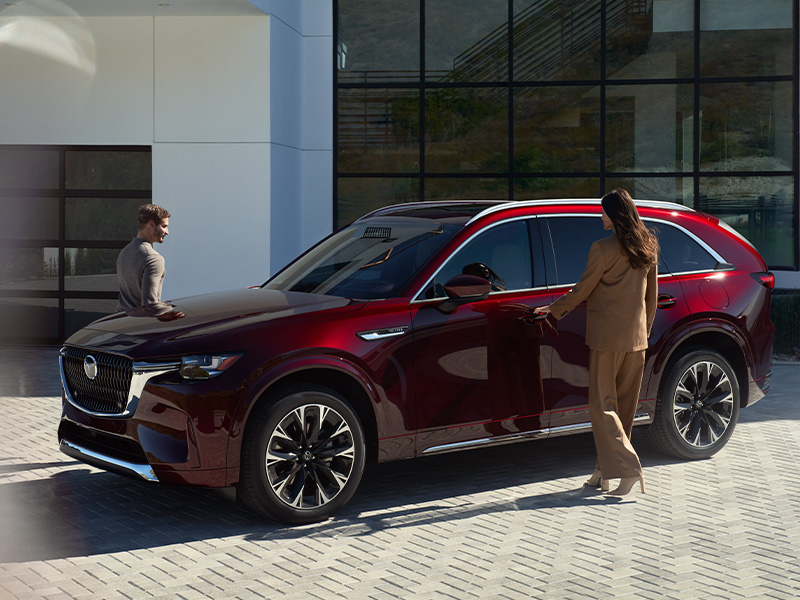
How to prepare for a test drive
1. Do your research before your test drive
Before you ever get behind the wheel of a car you want to test-drive, you should research what vehicles meet most of your requirements. Even if you think you may know the exact car you want, it’s important to take time and assess that this vehicle is truly the best choice for you and your needs.
Take some time to explore car feature lists, pricing, online forums, testing publications, and even photo galleries to either narrow down or expand your list, depending on where you’re starting from.
2. Make a test drive appointment (or appointments)
Car dealerships typically have many cars on the lot. While it’s easy to walk amongst these and compare colors and window stickers, it takes time to prep these cars for a drive — the dealership may need to get the car out of a backlot, showroom, or remote garage to drive it.
Making an appointment for a test drive can reduce your wait time. And if you’re interested in multiple cars from that dealership, it allows for setting up multiple test drives on the same day for the best comparisons.
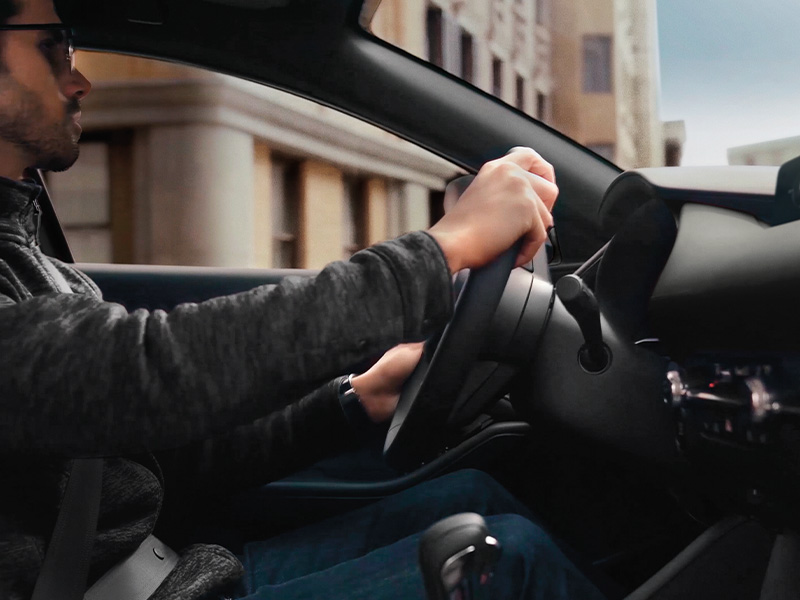
|
Pro Tip ● Tell the dealer what car(s) you’re interested in driving. Aim for the exact make and model that you’ll drive. |
3. Plan your test drive route
When you make your appointment, tell the dealership the route you’d like to take (we recommend 10-20 miles as an absolute minimum). It’s a good idea to try driving any car in darkness as well as in daylight; late afternoon appointments can allow you to do both in one visit.
On test-drive day, your goal is to drive the car in conditions and on surfaces as close as possible to what you’ll primarily use it for. Many cars ride great on billiard-table smooth roads (and sales staff know exactly where those roads are), but some perform better than others on fractured pavement, country roads, graded dirt byways, etc.
4. Know what to bring to your test drive
No matter where or what you test-drive, you will need to bring a valid driver’s license, and some dealerships require proof of insurance — verify the latter when you make your appointment. Some dealerships may allow teens to test-drive a car with a learner's permit.

|
Pro Tip ● Valid driver’s license (or learner’s permit, depending on the dealer) |
You’ll also want to bring your phone and any other electronic devices you or your family regularly use in the car to check their operation in that car. If your sunglasses are polarized, bring those to see which, if any, displays and screens don’t work well with them. Bring a music sample — preferably an uncompressed file — to test the audio system. If you have one, you might even bring your favorite beverage container.
Bringing along a friend can give you a better understanding of what it’s like for passengers to ride in your prospective vehicle, and trusted friends and family can be a valuable sounding board for doubts and second opinions.
If you have small children, you may also wish to bring their car seat(s) to see if it/they fit and install easily. Note that it can be worth scheduling a second test drive with your family — but it’s best to avoid bringing along the whole crew on the initial drive when you’ll want your full attention on the car’s performance.
5. Get in the right mindset for visiting the dealership
Walking around dealerships, navigating dealers, and even test-driving the vehicles can be physically and mentally taxing. Here are a few tips to keep you steady:
- Keep your focus on the test drive: The sales staff may ask what you want to spend or what a comfortable payment amount is for you. If they do, simply point out that you’re currently focused on finding the right car.
- Take your time: As mentioned, buying a car is a big deal for most people, and you should take the time you need to make a purchase that is right for you. Test-driving multiple cars can take several days (or weeks, if you need to space out your visits or go multiple times). While that might be a hassle, this is not a process you want to rush if you can avoid it.
- Don’t focus on color: For your test drive, it’s more important to drive the car you’re interested in than to drive a car in the right shade. The color doesn’t affect how the car drives and test-driving the car in a standard color can make accessing the car easier.
Test-driving your car: On the lot
The first thing to do when your test car appears — and this is especially necessary if a dealership staffer will not accompany the car — is walk around it like a rental car, ensuring there is no damage on the outside or the inside, and documenting any there is. Then, the work begins. For each item you should check below, we also supply a list of questions you can ask yourself.
Exterior walkaround
Open all the doors to test ease of entry and exit
- is the step-in height low enough for your kid, elderly relatives, older or smaller dogs, etc., to easily climb into the vehicle?
- Are the assist handles in the right places?
- Is it difficult to open or close the door (from the outside and inside)?
- Are the doors so big that you might not be able to get out if someone parks close to you?
- Do any side steps work for you, or do they just get in the way and/or threaten to get your pants dirty upon exiting?
Test opening the cargo area
- When the trunk or hatch is open, does it have any especially sharp edges that would be hazardous if you accidentally hit or bumped your head against them?
- Can you open the cargo area by waving your foot?
- If so, can you open the cargo area even if there’s a dead battery?
- If it has a trailer receiver hitch, would it bang your shins when loading cargo?
- If there was a trailer attached to your vehicle, could you still open the hatch or tailgate?
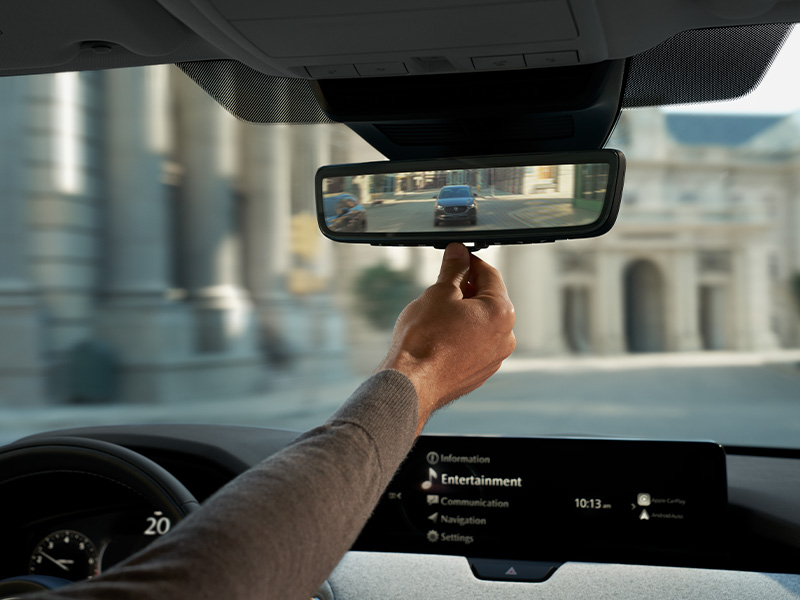
|
Pro Tip Have you ever measured the floor of your trunk and based on those measurements, thought a piece of cargo would fit — only to discover it won’t because the rear window is sloped or tapered? An upright hatch or tailgate can mitigate this issue. If you regularly travel with a lot of cargo, spend a little extra time examining the vehicle’s cargo area before you buy a new car. |
Check the wheels
- Do the wheels look vulnerable to curb rash (rubbing against the curb)?
Check the car’s body
- Are there any low pieces of bodywork, especially in front, that might be susceptible to scraping against a steep driveway?
- Does the paint color look the same as the brochure? Does fluorescent lighting or time of day change the hue and appeal of the color?
- Is there a matte finish? (If so, you’ll need to research care and maintenance.)
If applicable, check the roof rack
- If the vehicle has a roof rack, will you need a stepladder to load it…and if yes, will you remember if you’re unloading the rack elsewhere? If you load the roof rack, will it interfere with a roof-mount antenna for radio, navigation, or online services?
For an electric vehicle (EV) or plug-in hybrid vehicle (PHEV), check the location of the charging port access
- This is not yet standardized. Find the charging port and verify whether you will be able to reach it easily in your garage.
Interior inspection
Test the driver’s seat and passenger seats for comfort and ease of use
- Do you fit comfortably in the driver’s seat? What about other people who would frequently drive the car?
- Can the steering wheel and pedals be adjusted to your proper driving position?
- How versatile are seat adjustments, and can you reach the controls with the door closed?
- Are the armrests comfortable? Or an interference?
- Can you reach all the controls without stretching to reach them?
- Does the Climate Control system direct the air where you want it to go?

|
Pro Tip A seat that initially feels very firm can help you stay comfortable in instances when you need to drive for many consecutive hours. |
Test the trunk space and rear seats
- If you regularly carry large items — musical instrument(s), commercial samples, golf clubs, survey tripods, etc. — do they fit?
- Does the hatch have any recesses that catch water (and thus might drench you when closing it in a downpour)?
- Are any power-close switches or outlets easy to reach?
- Does the trunk contain a spare tire?
- If the floor load height is variable, how difficult is the change?
- Are there securing points for loose cargo?
- How difficult is it to fold down the rear seats — from the doors and the cargo area?
- Is there a “pass-through” for long items with the outer rear seats in use?
- Is the EV/PHEV charging cord easy to access with the trunk loaded?
- Is there underfloor storage for the cargo cover?
Test for visibility issues
- Can you see out of the vehicle in every direction?
- Do you have clear sightlines to the rearview and side mirrors, and forward edges?
- Can you see all the controls and gauges from your driving position?
- If there are bright surfaces inside, especially on the console, do they reflect sun glare at you?
- Does the backup camera (and “surround” camera, if equipped) show you everything you expect to see? And does it provide guides?
If applicable, test for family-friendliness
- Is it easy to attach a child seat or seats to the LATCH system?
- Does the space and height allow you to easily assist the child into the seat?
- Is there any sort of camera or monitor for the rear occupants?
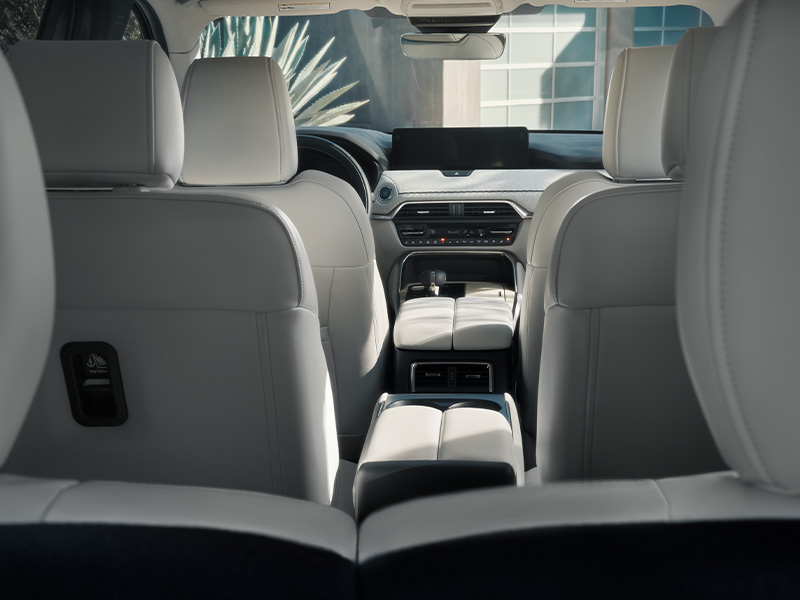
|
Pro Tip For parents, keep in mind that rear-facing infant seats take up considerable room behind the front seat backs, so taller riders may be temporarily compromised with such a seat in the second row. |
Test the buttons and gauges
- Are the gauges easy to read, decipher, and configure?
- Are the steering wheel buttons useful, or will you constantly need to switch something on/off? (Don’t forget some cars have controls on the back of the wheel as well.)
- Are there simple knobs or switches for commonly adjusted items like radio volume and temperature?
- Is the operation of the steering column stalks intuitive?
Test the infotainment system
- How intuitive or complicated is the infotainment screen?
- How many submenus need you go through to get what you want? You may want to repeat this while a sales staffer or friend is driving to see which functions do not work when the vehicle is in motion, e.g., entering an address if voice recognition doesn’t work for you or is not offered.
- Can controls be accessed easily (or more simply) using voice commands?
- Do the icons and tiles fit your fingers? Would they with winter or driving gloves on?
- How much of what you’re using (navigation, traffic data, satellite radio, emergency services, vehicle diagnostics, etc.) requires a subscription for continued service – now or after a trial period?
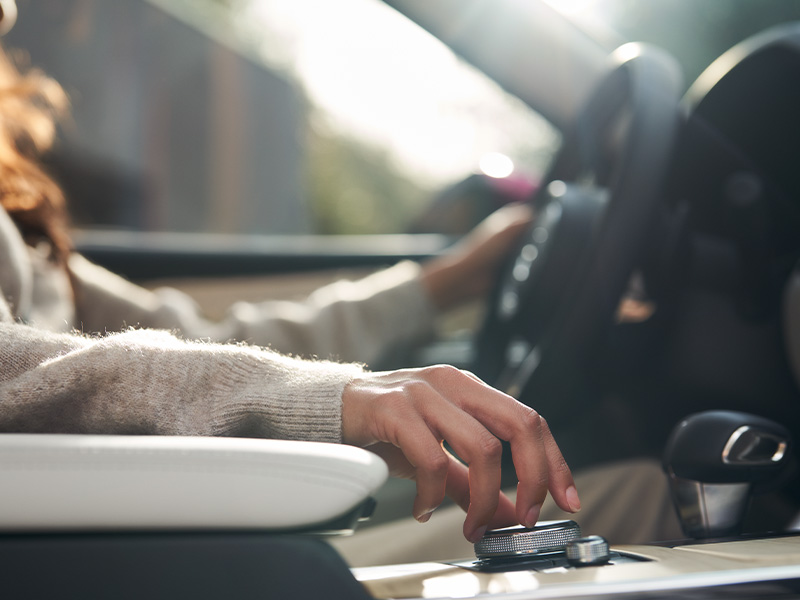
|
Pro Tip Check the functionality of the infotainment system while parked and while a sales staffer or a friend is driving to discover which, if any, capabilities do not function when the vehicle is in motion (e.g., entering an address). |
- Try pairing your phone via Bluetooth® and do a test for audio and call streaming.
- Do the same for Android Auto™ or Apple CarPlay™ — or are one or both not offered?
Other items to check:
- Does the vehicle have the inputs you need? (Your technology might be all USB-A or USB-C, but the kids’ tablets might need an HDMI connection, and your favorite dash cam may run off a 12V power outlet.)
- If there are window shades in the second row, are there shades in the third row?
- If the moonroof has a shade, do you need to open it all the way just to tilt the roof up for venting on a hot, sunny day?
- Are the power outlets (AC and DC), input ports, or wireless charging pad right in front of the cupholders, where they may get spilled on?
Test-driving your car: The actual drive
Because you’re driving a new or new-to-you vehicle and testing it for how it performs against your expectations and needs, you’ll need to pay more attention than normal during your drive.
To that end, you’ll want to spend some of the drive with the car’s audio system off. This allows you to get a better idea of minimum noise levels, whether there are any objectionable frequencies or resonances, whether and how much road or wind noise there is, etc.
However, it’s worth playing the audio file at some point with the vehicle at speed to see how much sonic quality suffers.
Test how the brakes feel
- Do the brakes stop the car easily at speed, and do they feel spongy or weak?
- Does the pedal give you a sensation of how hard the brakes are working, or is it void of any “feel”?
- Does the effort required to brake increase when you need to brake more heavily?
- Does the car respond to pedal input as quickly and progressively as you’d like, or does it feel touchy and hard to make a gentle stop smoothly?
- Always make sure you feel comfortable with how the car brakes before really testing the car’s ability to accelerate quickly.
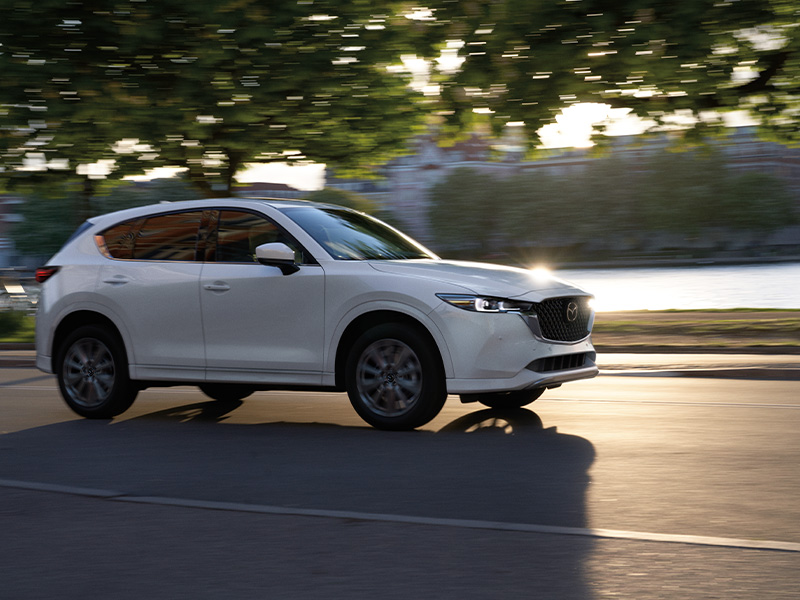
|
Pro Tip If you have a little extra time and can find a good space to do so, test out the vehicle’s maximum braking effort and see how the car feels while its anti-lock brakes are functioning. |
Test the acceleration and pay attention to how the vehicle shifts gears
- How easily, readily, and quickly does the car accelerate from a full stop?
- Does it accelerate easily when merging and climbing a hill?
- How smoothly does the car shifts into gear? What about clutch pedal take-up and engagement, and transitions between on-throttle and off?
- Do you find it easy to control speed and be smooth in stop-and-go traffic or is it a challenge?
- Does any automatic start-stop function smoothly and quietly (in a hybrid or not), or will you be looking for the defeat switch constantly?
- Does the transmission downshift quickly and smoothly when needed, and does it stay in one gear or “hunt” amongst a few when driving up hills or into the wind?
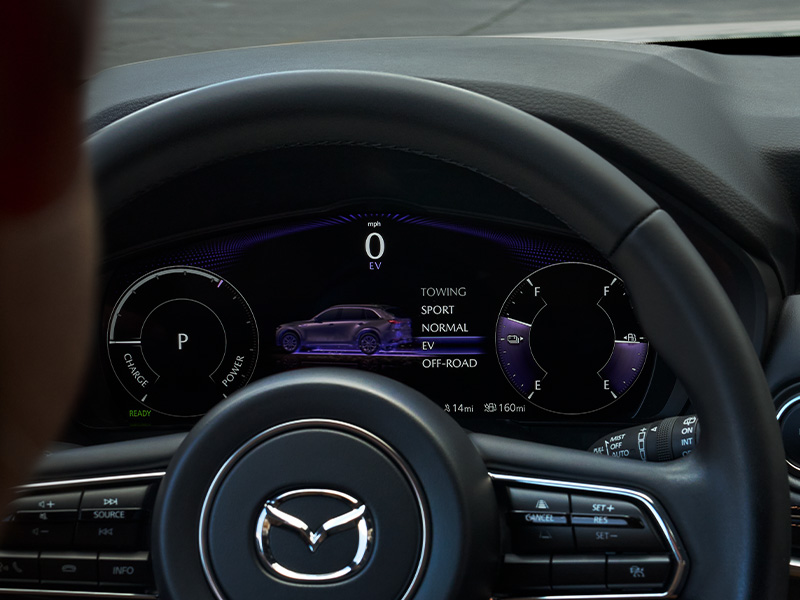
|
Pro Tip When testing out moderate acceleration, don’t forget to try out the various driving modes available in your vehicle. These will affect how your car responds to various driving conditions. |
Test the feel of the ride
- How smoothly does the car ride in your daily driving conditions (highway, city driving, etc.)?
- Does it feel like the tires “hit” every imperfection in the road, or are encounters with those imperfections heard but not felt?
- Does the vehicle feel like it’s leaning when you go around a corner or stop hard? (Note: Neither is a negative, but different people prefer different responses.)
- If you’re test-driving a large car or pickup, do road expansion joints make it feel like it’s “pogo-sticking” or bouncing around?
Test the steering
- Does the steering provide some feel and feedback when your vehicle drives over bumps or pavement imperfections?
- Does steering effort increase with cornering load, or does it merely point the car?
- Does changing a drive mode or setting improve the steering feel, or does it just make the effort higher with less feedback?
- Is the steering setting independently adjustable?
- Does the vehicle maneuver easily and turn as tightly as you hoped, keeping in mind that this may change if you swap to larger tires or larger diameter wheels?
- Does the steering wheel return to center after a turn or does it need some driver input?
- Does the vehicle require a lot of steering on a straight road, which can get fatiguing on a long ride, or does it maintain a highway lane with minimal driver input?
Carefully test the driver-assist systems
- Do the lane-keep assist or lane-entering functions work smoothly, or does it ping-pong from one side of the lane to the other?
- How strongly do the above systems resist if you try to steer over a lane marking without a turn signal (as you might do when avoiding a bicyclist, emergency vehicle, or construction zone)?
- Does adaptive cruise control maintain following distance smoothly and progressively?
- How adjustable is the adaptive cruise control, and how easily is it to adjust it?
- Is the forward collision warning “pessimistic,” i.e., does it give a warning for vehicles on the other side of the road, on an approaching bend, or for a road sign on a bend?
- Is the forward collision warning system adjustable or defeatable?
Test the car in the evening or at night
- Do the headlights work to the degree that you wish?
- Which lights work with the switch in “Auto”? As an example, some vehicles will not allow high beams in this position.
- Is the turn-following system smooth or jerky? Is it defeatable?
- How well do the mirrors deal with glare from following traffic?
- Do signal-repeater reflections against bodywork or in the mirror bother you?
- Are the map/reading lights effective and do they appear in the mirror?
- Are the gauges or ambient lighting to your liking? Regardless, what adjustments are offered, and can the changes be made with the car moving?
- Are all the controls illuminated, and is the control for that illumination easy to see at night?
Special test drive considerations for EV, PHEV, and HEV drivers
- If you’re in a hybrid (HEV) or PHEV, is the transition between electric and combustion power smooth and quiet?
- If you’re in a hybrid or PHEV, does the car get unpleasantly noisy at maximum throttle?
- If you’re in a hybrid, PHEV, or EV, is the transition, or “handoff,” between regenerative braking and friction braking smooth and predictable?
- Does the EV offer a “one-pedal” driving mode?
What should I check if I have the opportunity to take a 24-hour test drive?
An extended test drive gives drivers the chance to see:
- How well the vehicle fits where it will normally be parked.
- Whether you can still fully open all the doors and hatch within its typical parking space.
- A better sense of real-world fuel economy.
- More easily perform a night drive and test drive with additional family members.
- Take an hour-plus drive. (And see if that cushy seat remains cushy or lacks support!)
- Get second opinions from people who know you.
If you can’t take a 24-hour test drive, you have the option to see if any dealerships or even rental agencies have the car you are interested in driving. Driving the car for a few days — including at least one day where you drive the car 200+ miles — can tell you things even pros may not pick up on a test drive.
After the test drive
A test drive is not a commitment to buy a car. You may have other cars you wish to test-drive or a partner that needs to approve of it as well.
Plus, a test drive by nature involves taking in a lot of information at once; you may want time to think about your experience and do additional research.
If you’ve not had a new car for ten or fifteen years, the new gadgets and advances that make cars quieter, smoother, safer, and so forth may bowl you over, which is one good reason why it's wise to test-drive two different cars minimum.
Book a test drive with Mazda
At Mazda, we aim to elevate the joy of driving through our long-standing philosophy of Jinba Ittai — a feeling of drivers being at one with the car, derived from the Japanese idea of oneness between a horse and its rider.
From our comfortable yet refined Mazda3 sedan or our flexible and intuitive CX-90 PHEV, Mazda offers a range of vehicles that drivers love from test drive to trade-in.
To get started and experience a Mazda first-hand, simply reserve a test drive today.
This article is intended for general informational purposes only and is based on the latest competitive information available at the time of posting. Information herein is subject to change without notice and without Mazda incurring any obligations. Please review a variety of resources prior to making a purchasing decision. Visit Resource Center for more articles.




















